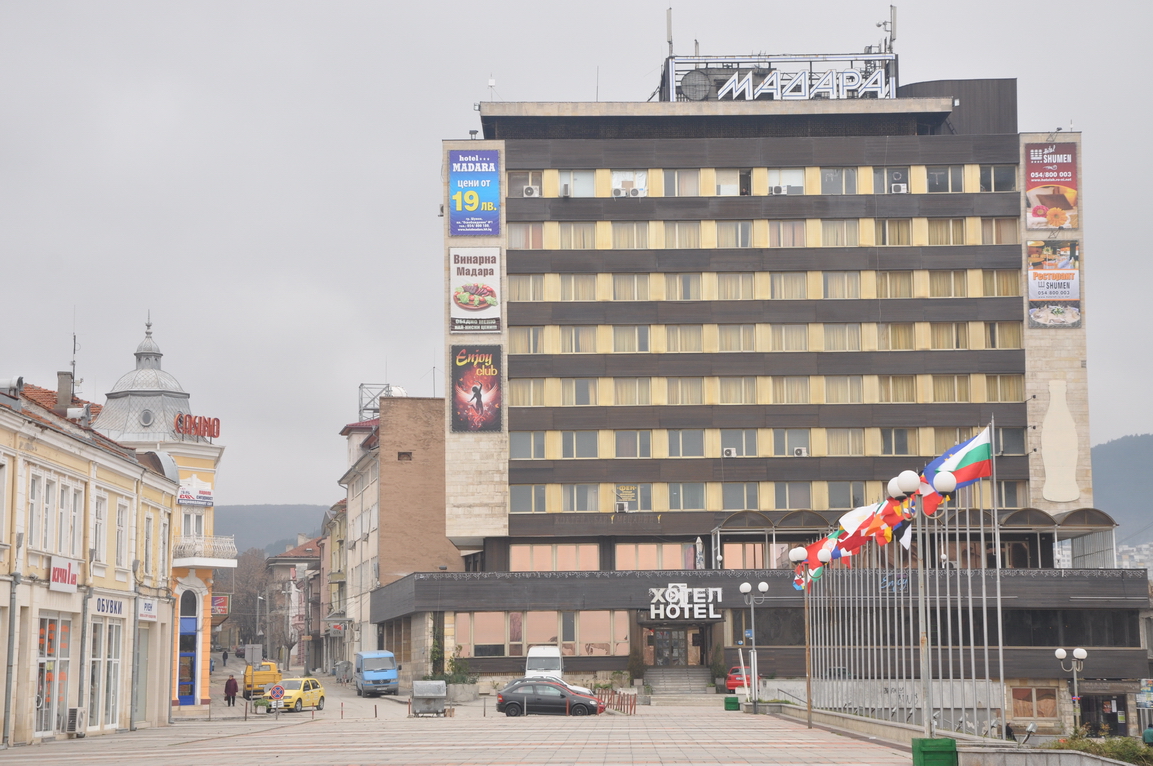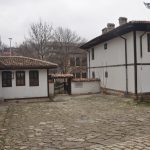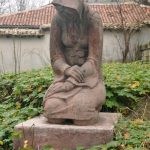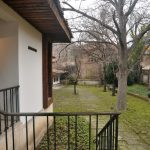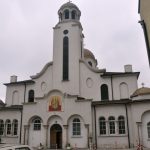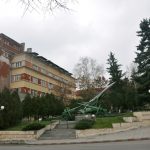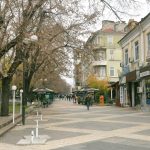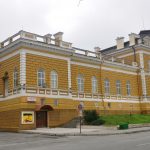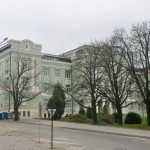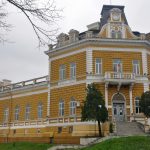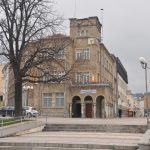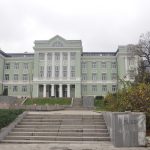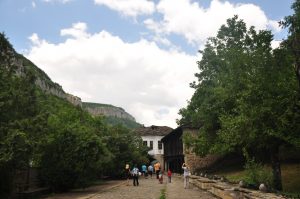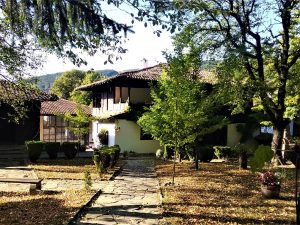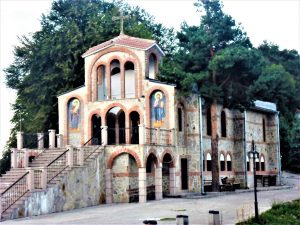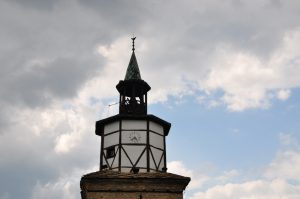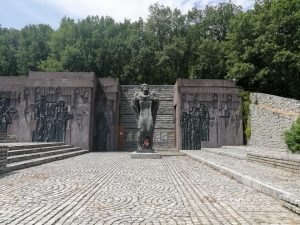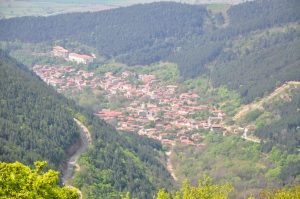Shumen (Bulgarian: Шумен, also romanized as Shoumen or Šumen) is the tenth largest city in Bulgaria and the administrative and economic capital of Shumen Province.
The city lies 80 kilometres (50 miles) west of Varna and is built within a cluster of hills, northern outliers of the eastern Balkans, which curve around it on the west and south in the shape of a horseshoe. A rugged ravine intersects the ground longitudinally in the horseshoe ridge.
From Shumen roads radiate northwards to the Danubian cities of Rousse and Silistra and to Dobruja, southwards to the passes of the Balkans, and eastwards to Varna and Balchik.
Shumen has 11 elementary and five common schools, as well as two high schools. The University of Shumen Episkop Konstantin Preslavski, the Artillery and Air Defense Faculty to the Vasil Levski National Military University and the Affiliate of Medical University of Varna are the higher education establishments in the city. The former operates a small astronomical observatory.
Shumen boasts the Monument to 1300 Years of Bulgaria, regarded as the only monument in the world to depict the history of a whole country from its creation to the present day.[citation needed]
The Shumen Fortress, partially restored after being destroyed by the Ottomans, is an important historical monument of the medieval Bulgarian Empire. It is not far from the city on the Shumen Plateau.
The Regional Historical Museum, which is a successor of the Archaeological Society created in Shumen in 1904 by Rafail Popov.
The Madara Horseman, a World Heritage Site and the only such example of medieval rock art in Europe, is an ancient (710 AD) monument usually attributed to the Bulgar culture. It lies some 20 km (12 mi) from Shumen.
map:
source: en.wikipedia.org
